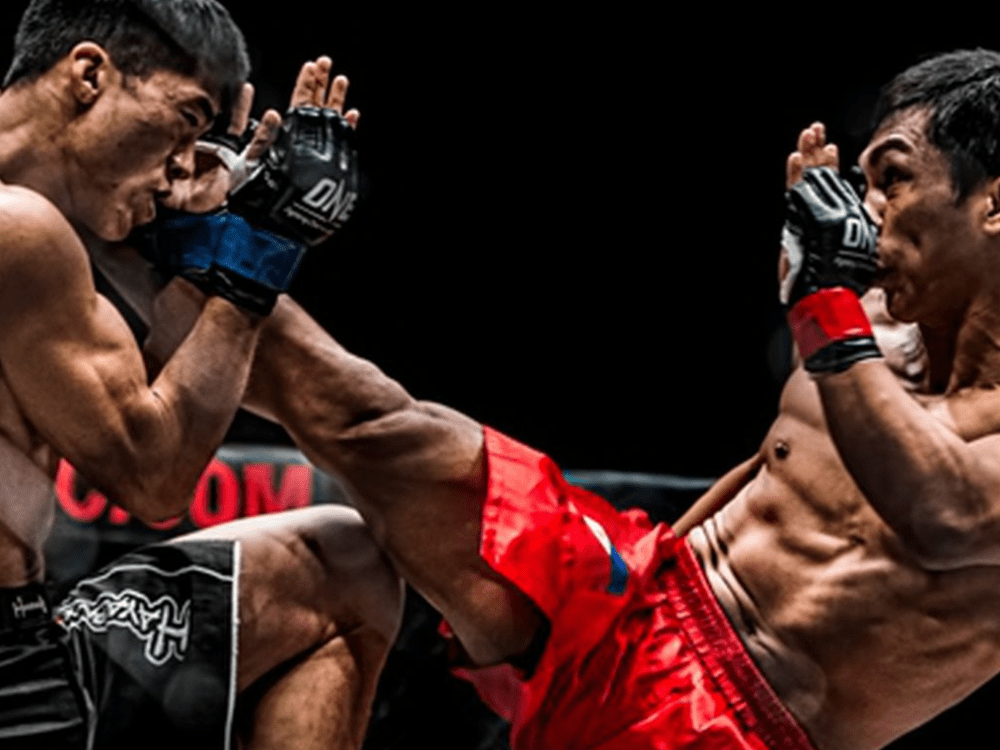
- Home
- MMA Mixed Martial Arts
- Mixed Martial Arts Training

Mixed Martial Arts Training
Mixed Martial Arts Training: Mastering the Art of Combat
In the world of combat sports, few disciplines are as thrilling and dynamic as mixed martial arts (MMA). Combining elements of various martial arts styles, MMA has gained immense popularity over the years, captivating both athletes and spectators alike. This comprehensive guide will delve into the world of MMA training, providing you with valuable insights and techniques to enhance your skills in the octagon. Whether you’re a seasoned fighter or a beginner looking to embark on this exhilarating journey, this article will serve as your ultimate resource.
The Fundamentals of MMA
What is MMA?
MMA, short for mixed martial arts, is a full-contact combat sport that allows fighters to utilize a wide range of techniques from different martial arts disciplines. It originated from the concept of pitting different martial arts styles against each other to determine the most effective form of combat. Today, MMA has evolved into a highly regulated sport with its own set of rules and weight classes.
The Importance of Conditioning
One of the key aspects of MMA training is conditioning. MMA fighters need to possess exceptional strength, endurance, and agility to compete at the highest level. Conditioning exercises such as running, circuit training, and plyometrics are essential to develop the necessary physical attributes required for success in the octagon.
Developing Striking Skills
Striking is a fundamental component of MMA, and fighters must possess proficient skills in various striking disciplines such as boxing, kickboxing, and Muay Thai. Training in striking involves honing techniques such as punches, kicks, elbows, and knees, as well as footwork and head movement. It is crucial to develop both power and accuracy in striking to effectively land strikes and evade opponents’ attacks.
Mastering Grappling Techniques
Grappling forms another crucial aspect of MMA training. It involves techniques from wrestling, Brazilian Jiu-Jitsu (BJJ), and judo, focusing on takedowns, throws, submissions, and ground control. Learning proper grappling techniques is essential for dominating opponents on the ground, as well as defending against submission attempts.
The Role of Wrestling in MMA
Wrestling is a cornerstone of MMA training, providing fighters with a strong foundation in takedowns, control, and ground positioning. Wrestlers excel in their ability to dictate the pace of a fight and impose their will on opponents. Developing wrestling skills is crucial for both offensive and defensive strategies in MMA.
The Mental Game
While physical conditioning and technical skills are vital in MMA, the mental aspect of the sport should not be overlooked. MMA fighters must possess mental toughness, discipline, and the ability to strategize and adapt during a fight. Mental training techniques such as visualization, meditation, and mental rehearsal can greatly enhance an athlete’s performance inside the cage.
Training Methods and Strategies: Mixed Martial Arts Training
Structuring an MMA Training Program
Designing a well-rounded MMA training program is essential for maximizing performance and minimizing the risk of injury. A comprehensive program should include a combination of striking, grappling, strength and conditioning, and sparring sessions. It is important to balance training intensity and recovery to ensure optimal progress.
Strength and Conditioning for MMA
Strength and conditioning training plays a crucial role in enhancing an MMA fighter’s physical attributes. It involves exercises that improve strength, power, speed, agility, and endurance. Incorporating compound movements, plyometrics, and functional exercises into a training routine can significantly enhance overall athletic performance.
Sparring and Live Training
Sparring is a vital component of MMA training as it allows fighters to apply their skills in a controlled yet realistic environment. It helps develop timing, reflexes, and the ability to execute techniques under pressure. However, it is important to spar responsibly and prioritize safety to avoid unnecessary injuries.
Nutrition and Weight Management
Proper nutrition and weight management are essential for MMA fighters to perform at their best. A well-balanced diet that includes lean proteins, complex carbohydrates, healthy fats, and an adequate intake of vitamins and minerals is crucial for optimal performance and recovery. Additionally, effective weight management strategies, such as cutting weight safely and rehydrating properly, are essential for competing in specific weight classes.
Injury Prevention and Recovery
In a physically demanding sport like MMA, injuries are inevitable. However, implementing proper injury prevention strategies can help minimize their occurrence. This includes warm-up and cool-down routines, mobility exercises, and listening to your body’s signals. Additionally, incorporating recovery methods such as rest, proper sleep, and regular sports massages can aid in the healing process and prevent overtraining.
Frequently Asked Questions (FAQ): Mixed Martial Arts Training
Q1: How long does it take to become proficient in MMA?
A1: Becoming proficient in MMA varies from person to person and depends on factors such as prior experience, training intensity, and dedication. However, on average, it takes several years of consistent trainingand practice to develop a solid foundation in MMA.
Q2: Can anyone participate in MMA training?
A2: MMA training is open to individuals of all skill levels and backgrounds. Whether you’re a complete beginner or an experienced martial artist, there are training programs and classes available to suit your needs. It’s important to start at your own pace and gradually progress as you build your skills and confidence.
Q3: Is MMA training dangerous?
A3: Like any combat sport, there are inherent risks involved in MMA training. However, with proper coaching, adherence to safety protocols, and responsible training practices, the risk of injury can be minimized. It’s crucial to train with qualified instructors and always prioritize safety during training sessions.
Q4: Can MMA training help with self-defense?
A4: Absolutely! MMA training equips individuals with a wide range of self-defense techniques and strategies. Learning striking, grappling, and defensive skills can provide you with the confidence and ability to protect yourself in real-life situations. However, it’s important to remember that self-defense should always prioritize de-escalation and avoiding physical confrontation whenever possible.
Q5: Can women participate in MMA training?
A5: Yes, women can and do participate in MMA training. In recent years, women’s MMA has gained significant popularity, with many talented female fighters competing at the highest level. MMA training offers women an empowering way to develop self-defense skills, improve fitness, and gain confidence.
Key Takeaways: Mixed Martial Arts Training
- MMA combines various martial arts styles into a dynamic combat sport.
- Conditioning, striking, grappling, wrestling, and mental training are essential aspects of MMA.
- Designing a well-rounded training program and focusing on strength and conditioning are crucial.
- Sparring, nutrition, injury prevention, and recovery play vital roles in MMA training.
- MMA training is open to individuals of all skill levels and backgrounds.
- Safety, responsible training, and qualified instructors are paramount in MMA.
- MMA training can help with self-defense and empower women in the sport.
Now that you have gained valuable insights into the world of MMA training, it’s time to take the first step on your journey. Lace up your gloves, step into the gym, and embrace the challenges and triumphs that await you in the octagon. Remember, the path to mastery is paved with dedication, perseverance, and a burning passion for the art of combat.
Latest Post


Outstanding Benefits of MMA and Mental Health

Beware Of Weight Cutting in MMA

Greatest MMA Fighters of All Time

Mixed Martial Arts Training

International MMA
Table of Contents
Newsletter
Enter your email address to receive news from us. We do not supply this to anyone else. We do not spam.
